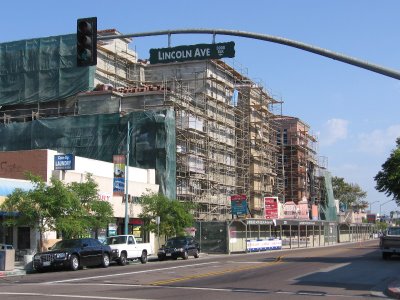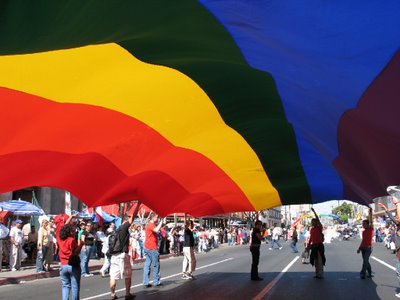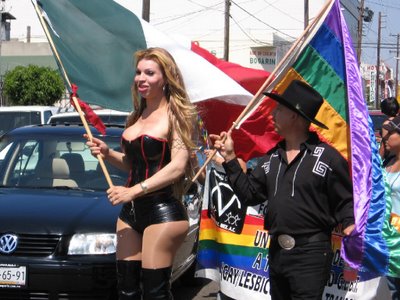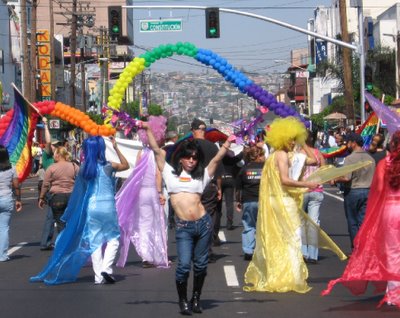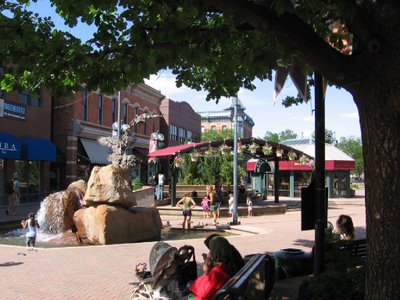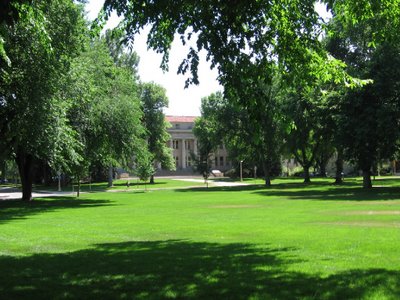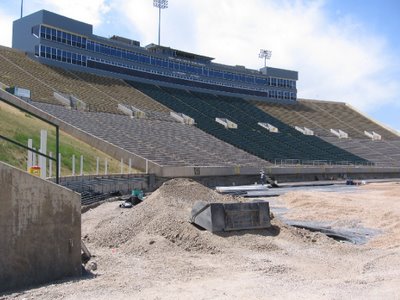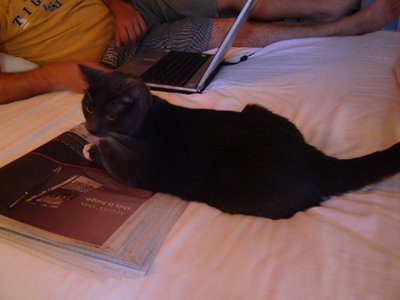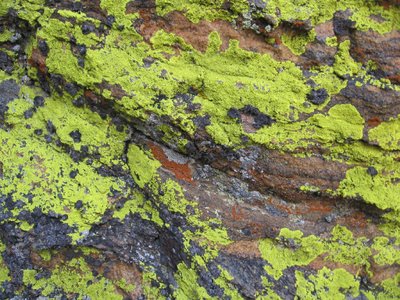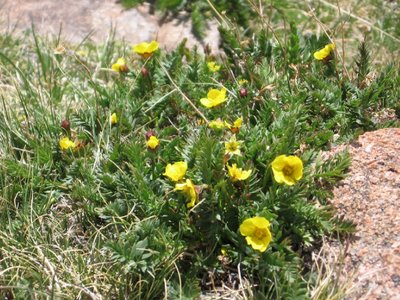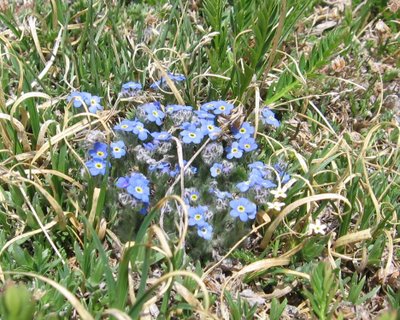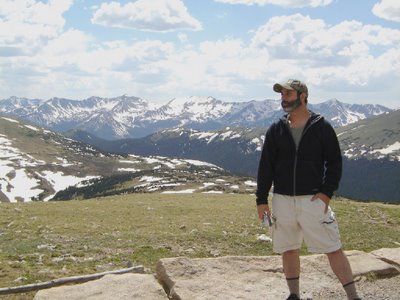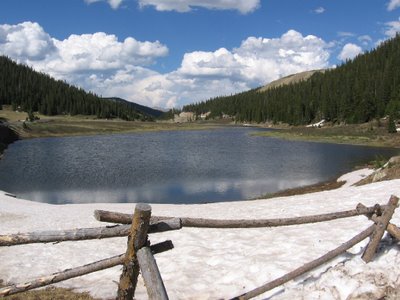 It's official. I'm now a resident of the epicenter of North Park, a quirky, bustling area caught between a multi-cultural past and a gentrified future.
It's official. I'm now a resident of the epicenter of North Park, a quirky, bustling area caught between a multi-cultural past and a gentrified future.One Web site describes North Park this way, "A hodgepodge of cozy, tidy pockets of Craftsman homes on the north edge of Balboa Park, dense apartments and pre-interstate retail stretches."
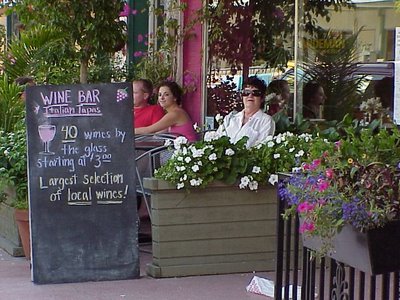 This is urban living at its best. I'm within two blocks of six coffee shops, more than a dozen restaurants (Chinese, Mexican, Thai, old-fashioned American, Italian, upscale fussion, organic/vegetarian - strangely missing is sushi), four gay bars, half a dozen dry cleaners, several thrift stores, a burgeoning art gallery row, two gyms, four banks, two full-scale grocery stores, a handful of churches and several bookstores including one run by the Sierra Club, a porn shop and a place called "Controversial Bookstore."
This is urban living at its best. I'm within two blocks of six coffee shops, more than a dozen restaurants (Chinese, Mexican, Thai, old-fashioned American, Italian, upscale fussion, organic/vegetarian - strangely missing is sushi), four gay bars, half a dozen dry cleaners, several thrift stores, a burgeoning art gallery row, two gyms, four banks, two full-scale grocery stores, a handful of churches and several bookstores including one run by the Sierra Club, a porn shop and a place called "Controversial Bookstore." Adding to the eccentric charm are several second-hand stores and junk antique shops. The most recent sign of gentrification comes in the form of the renovated North Park Theater (pictured below), which is home to the Lyric Opera San Diego, a pricey restaurant and, not surprisingly, a Starbucks.
Adding to the eccentric charm are several second-hand stores and junk antique shops. The most recent sign of gentrification comes in the form of the renovated North Park Theater (pictured below), which is home to the Lyric Opera San Diego, a pricey restaurant and, not surprisingly, a Starbucks.There's also a military surplus shop, at least one tattoo parlor and the San Diego County Adult Probation Services office. And in the middle of it all sits a BigLots!
The population is as diverse as the retail mix, perhaps more so than in any other neighborhood of the city.
 Tragically, North Park was the site of the 1978 crash of a Boeing 727 jet that killed 135 passengers and seven on the ground. (San Diego's airport butts up against downtown, requiring planes to fly low over the central city. You can actually see high-rise office workers at their desks as you come in for landing.)
Tragically, North Park was the site of the 1978 crash of a Boeing 727 jet that killed 135 passengers and seven on the ground. (San Diego's airport butts up against downtown, requiring planes to fly low over the central city. You can actually see high-rise office workers at their desks as you come in for landing.) North Park feels more familiar to me than any other part of the city. That's probably because it reminds me of my favorite New Orleans neighborhoods - the Bywater and parts of Magazine Street in Uptown. I think I'm going to like it here.
North Park feels more familiar to me than any other part of the city. That's probably because it reminds me of my favorite New Orleans neighborhoods - the Bywater and parts of Magazine Street in Uptown. I think I'm going to like it here.